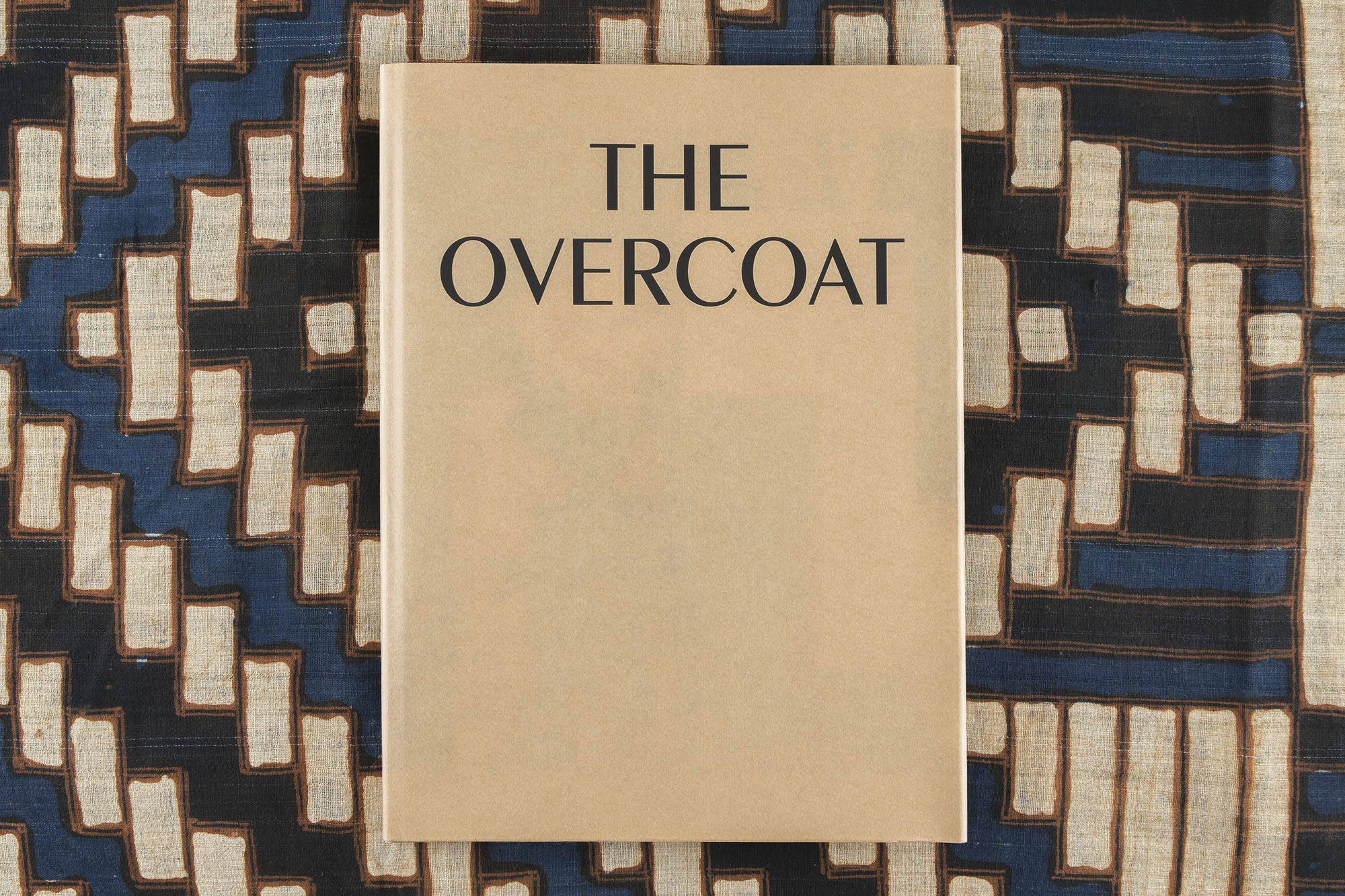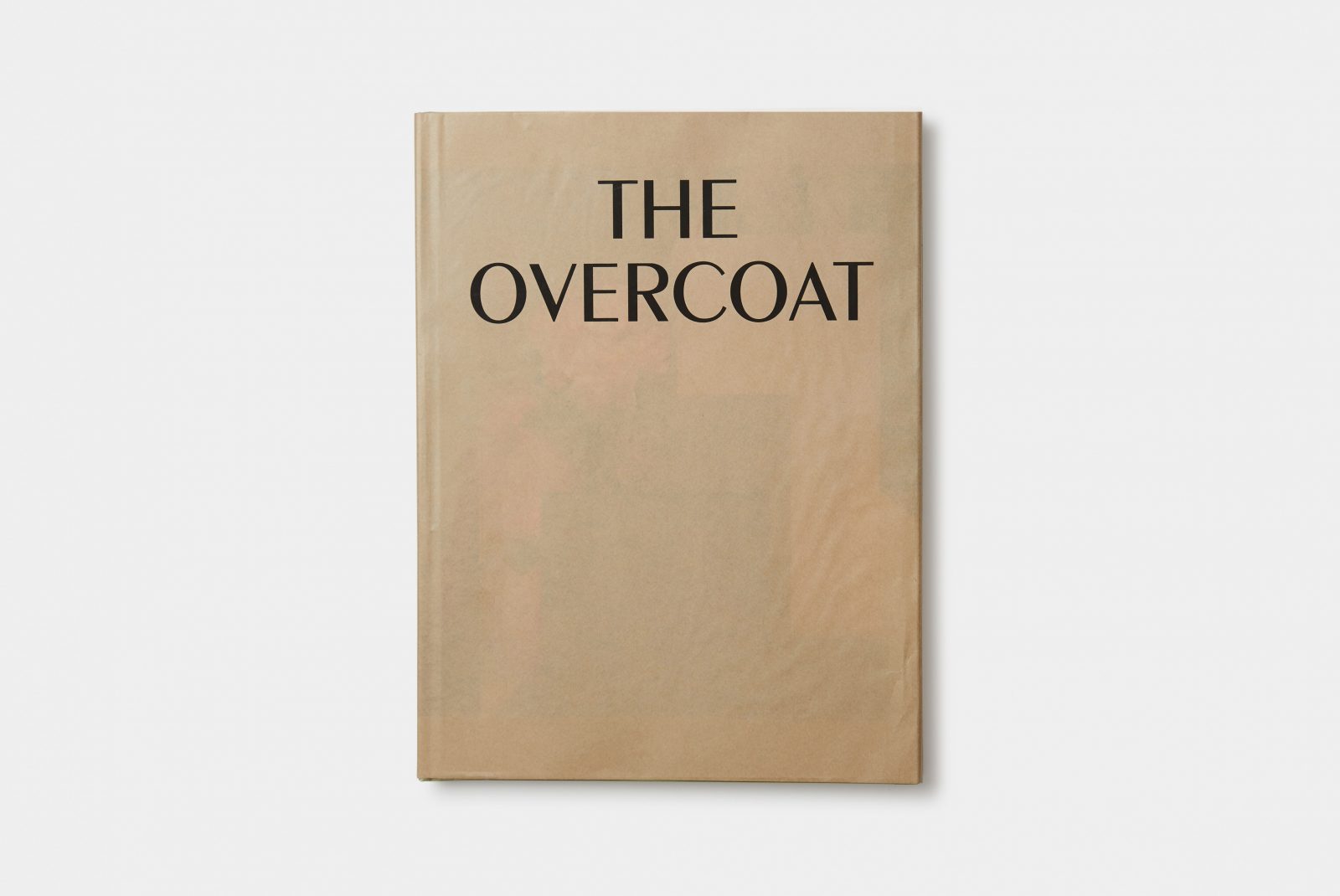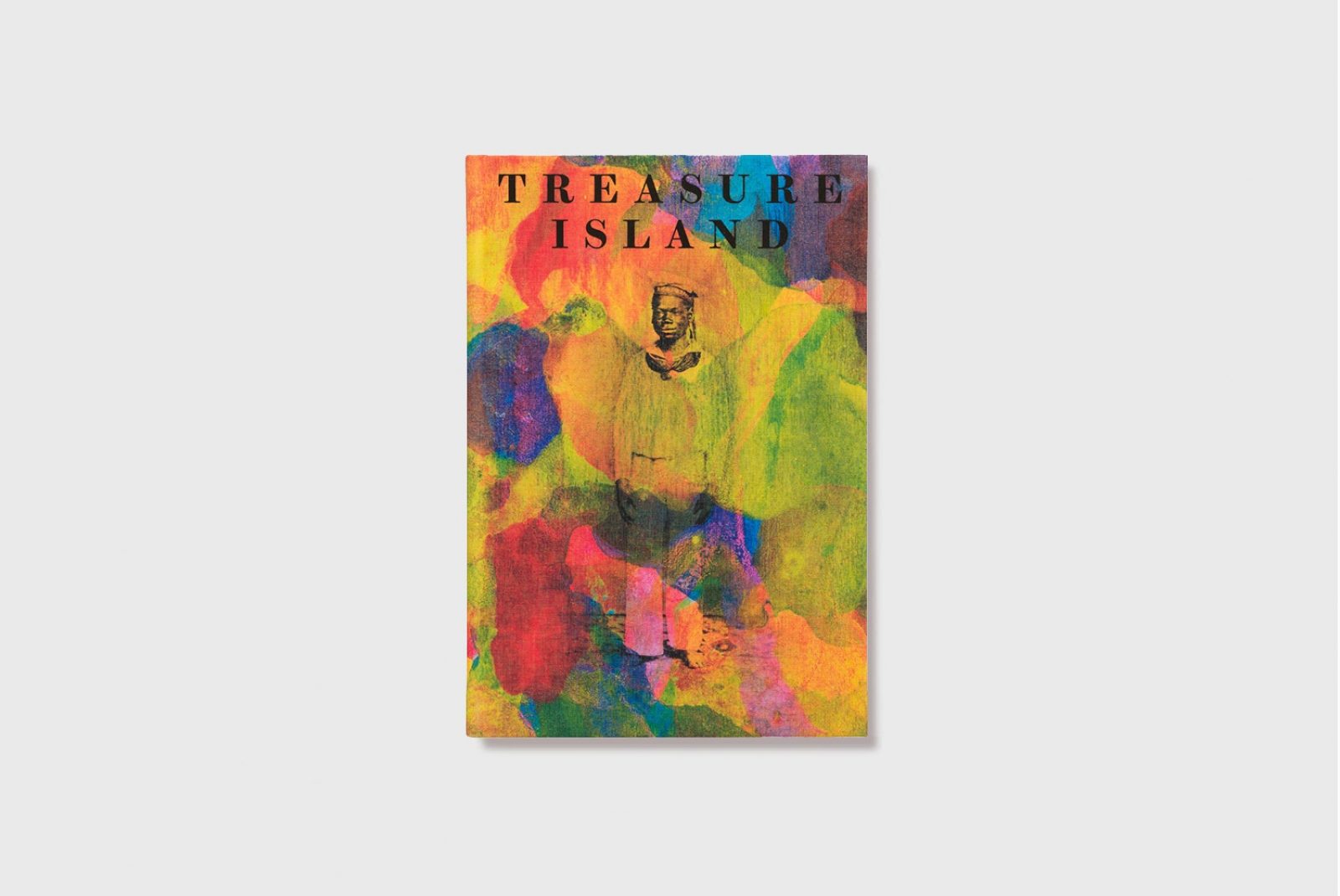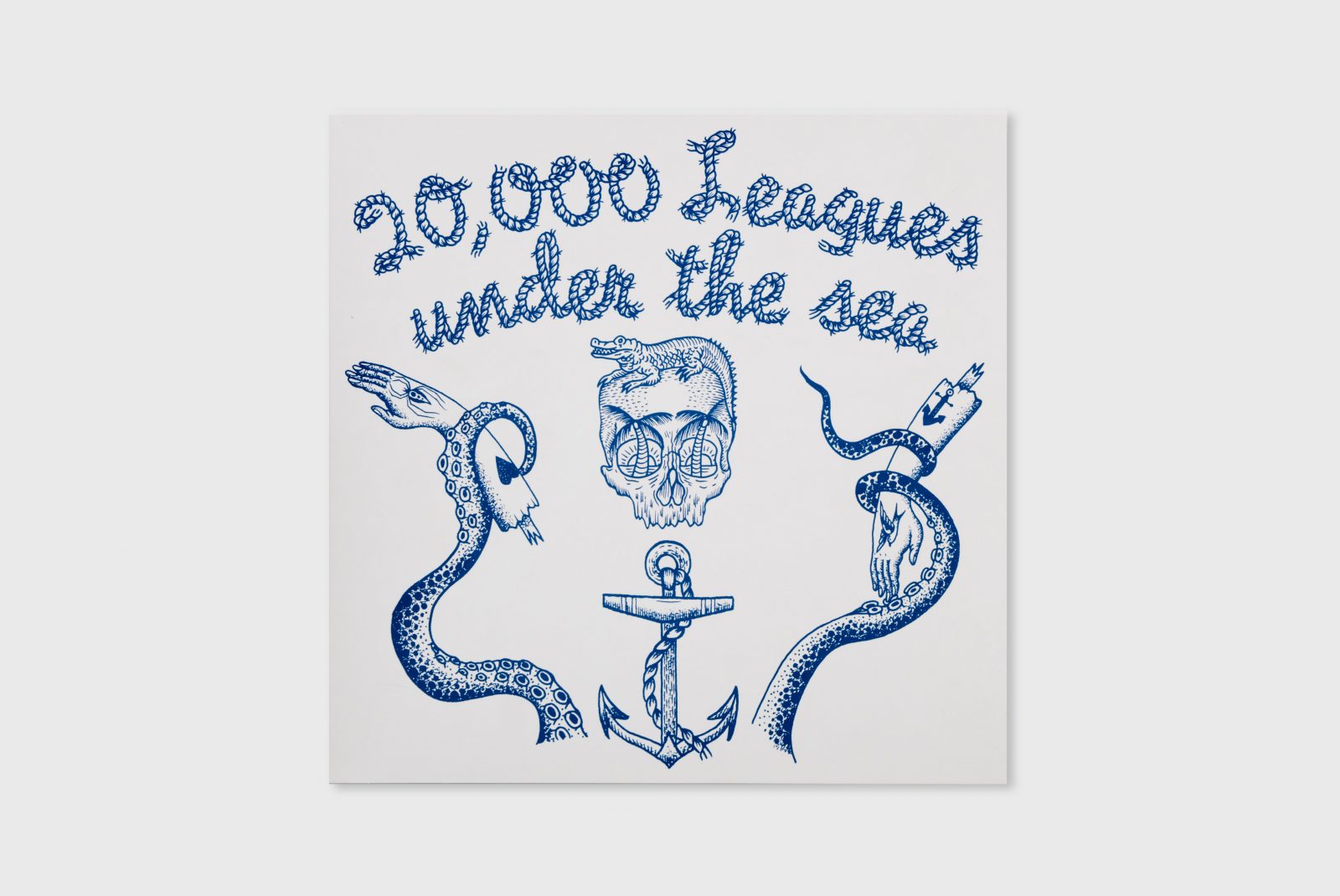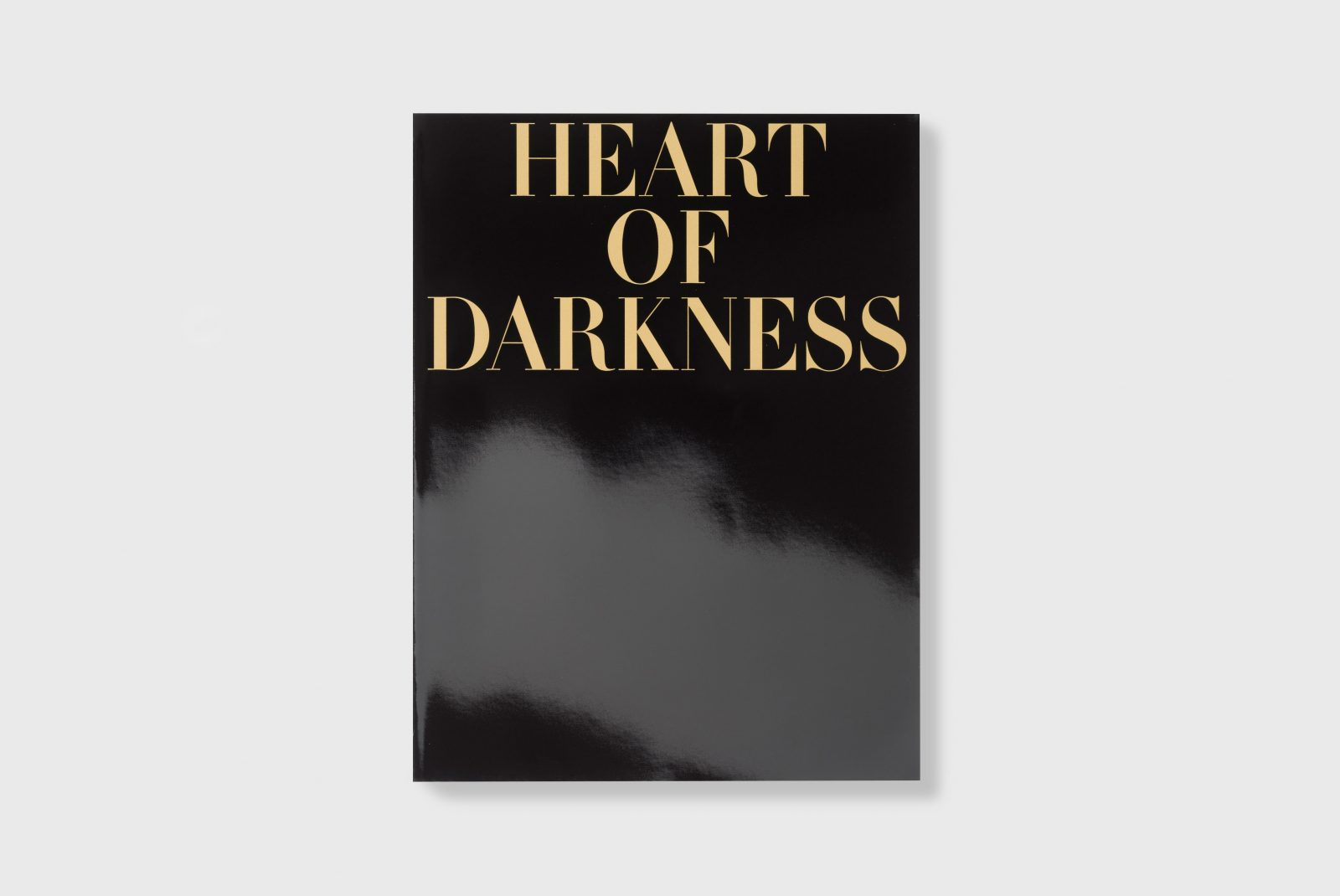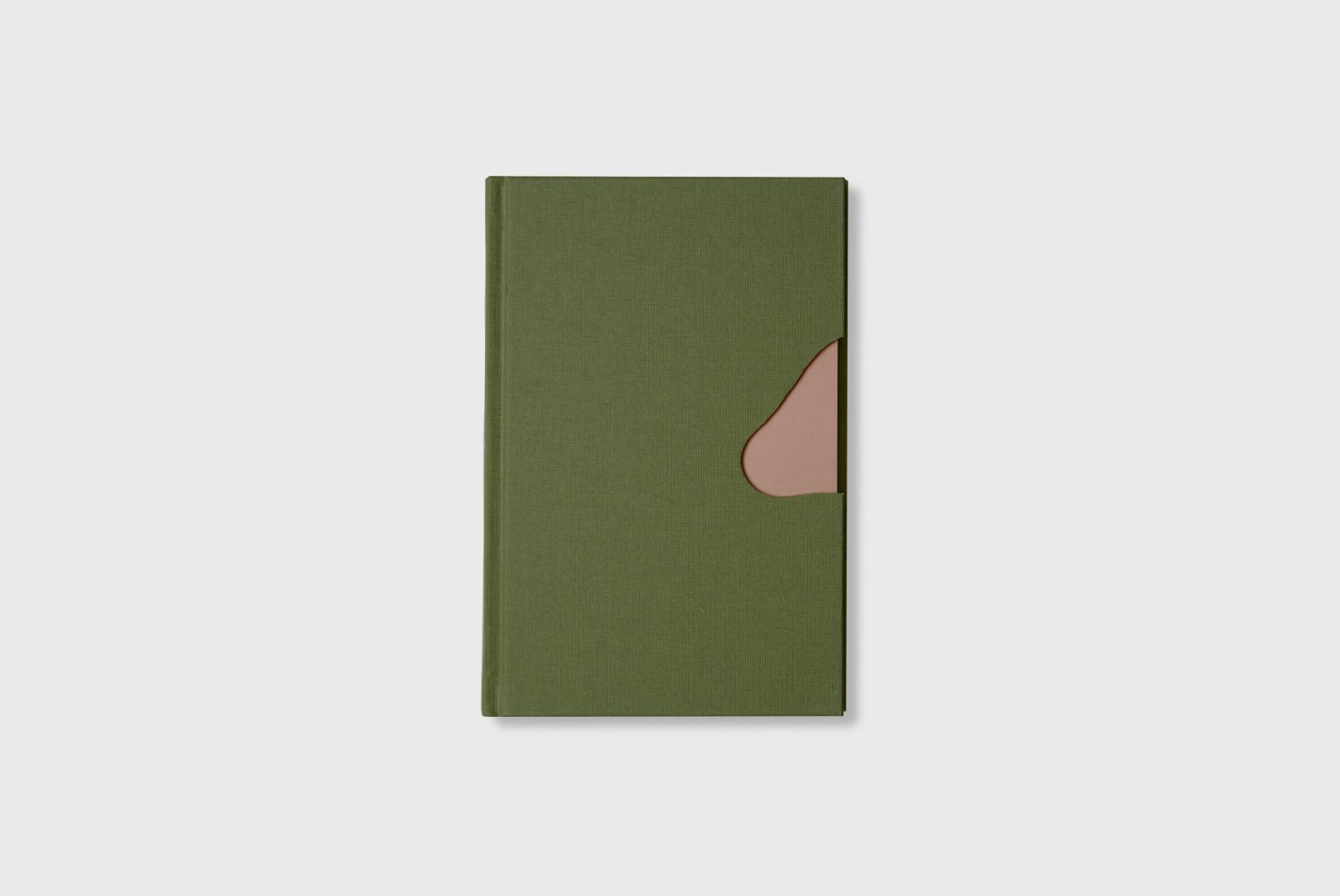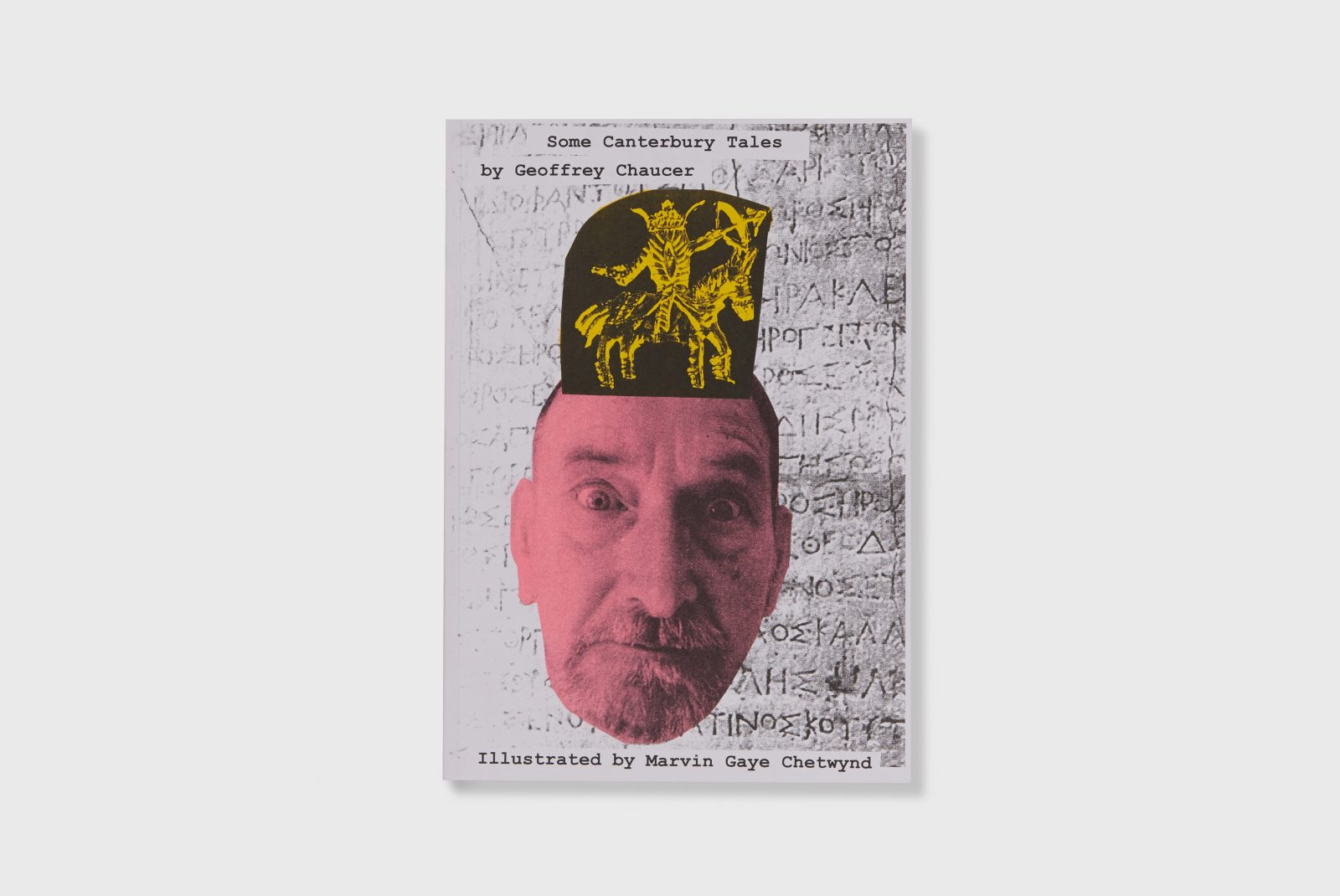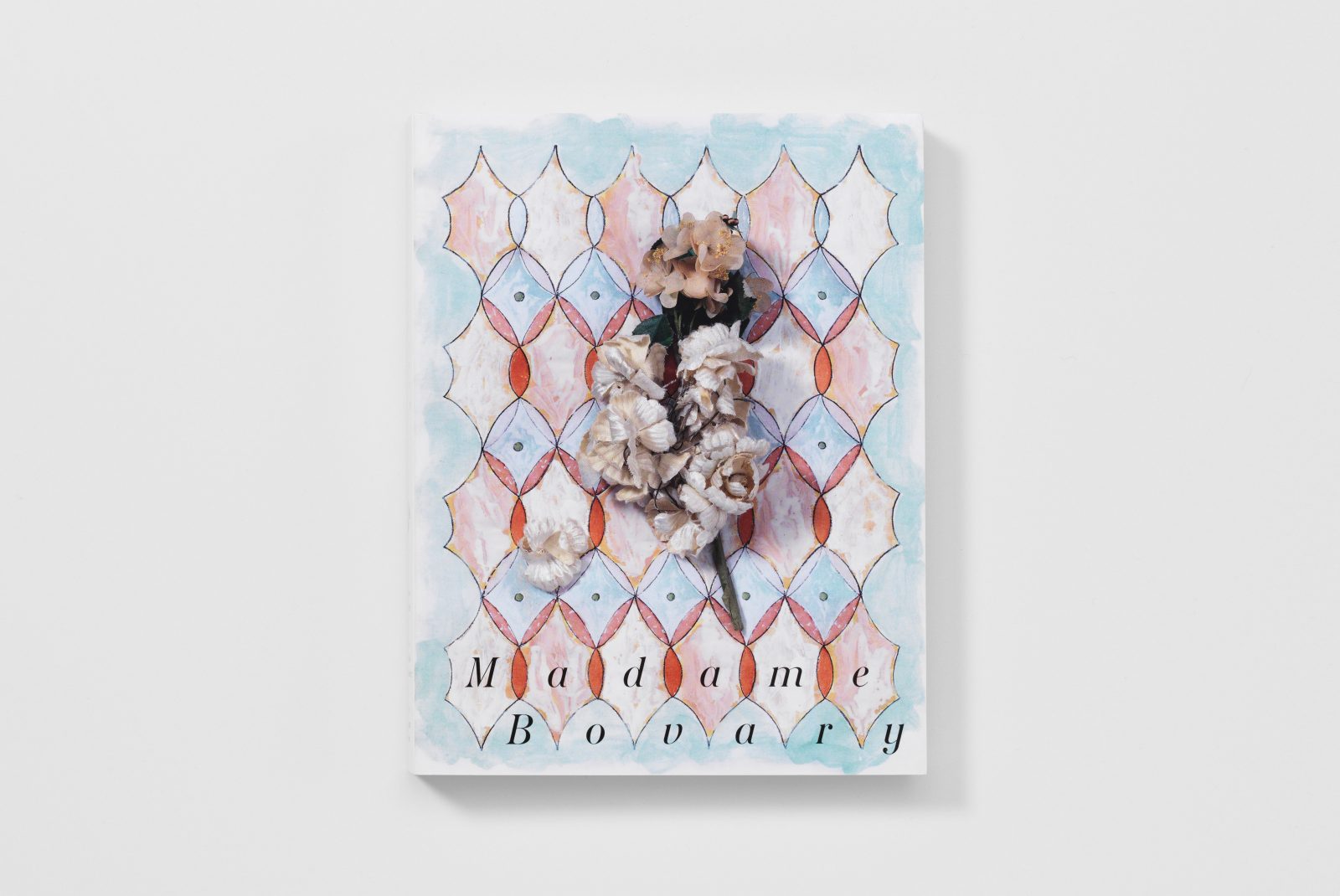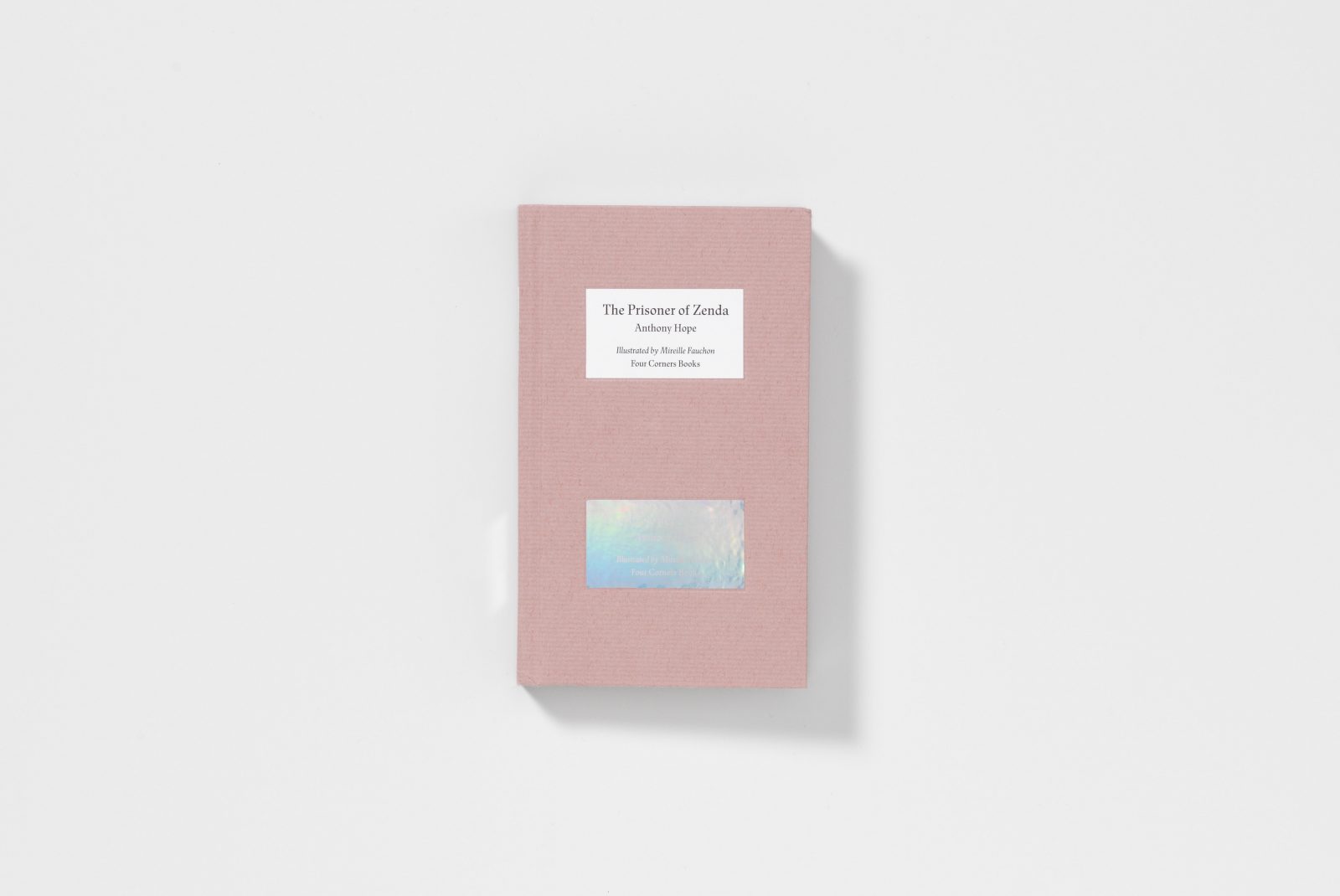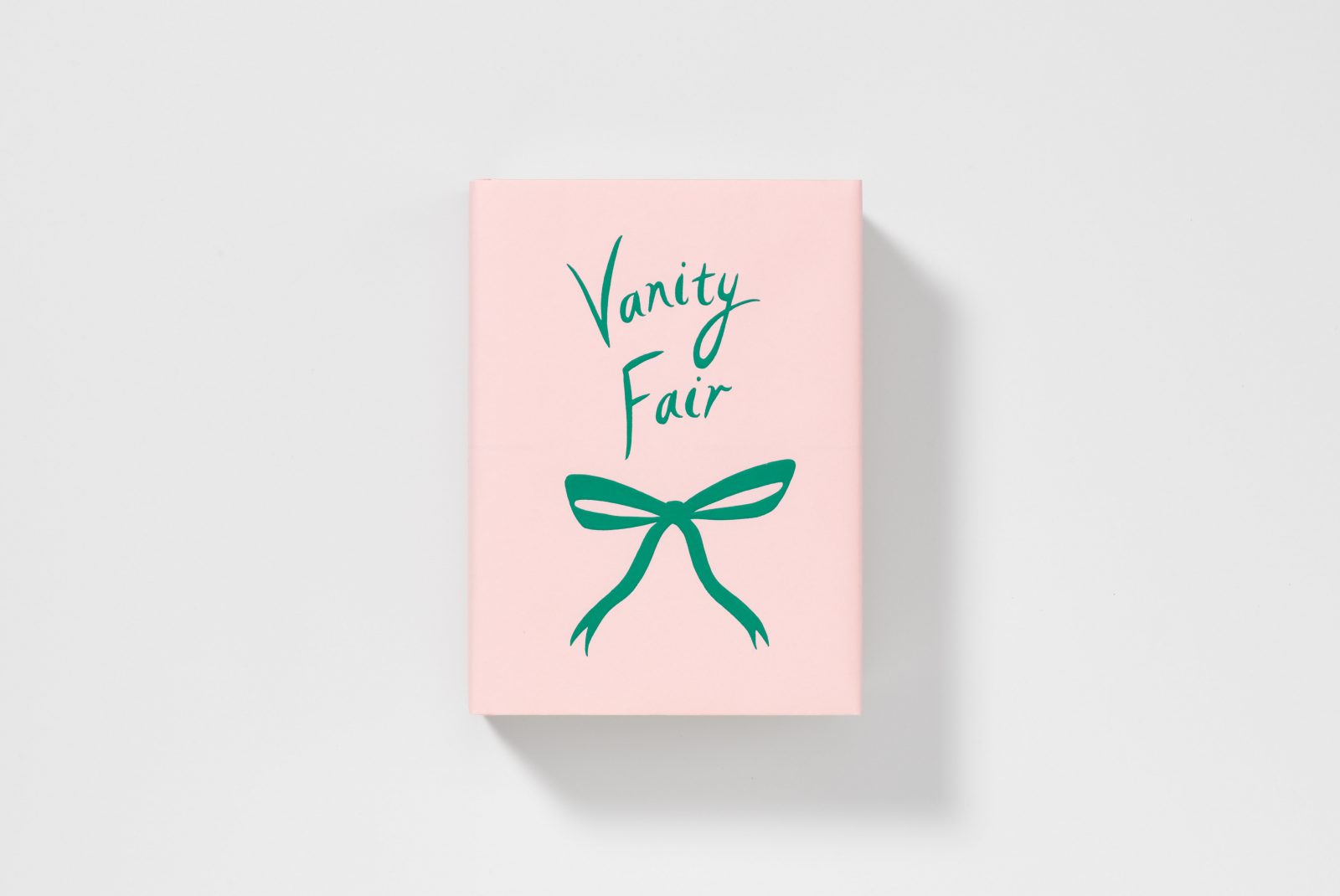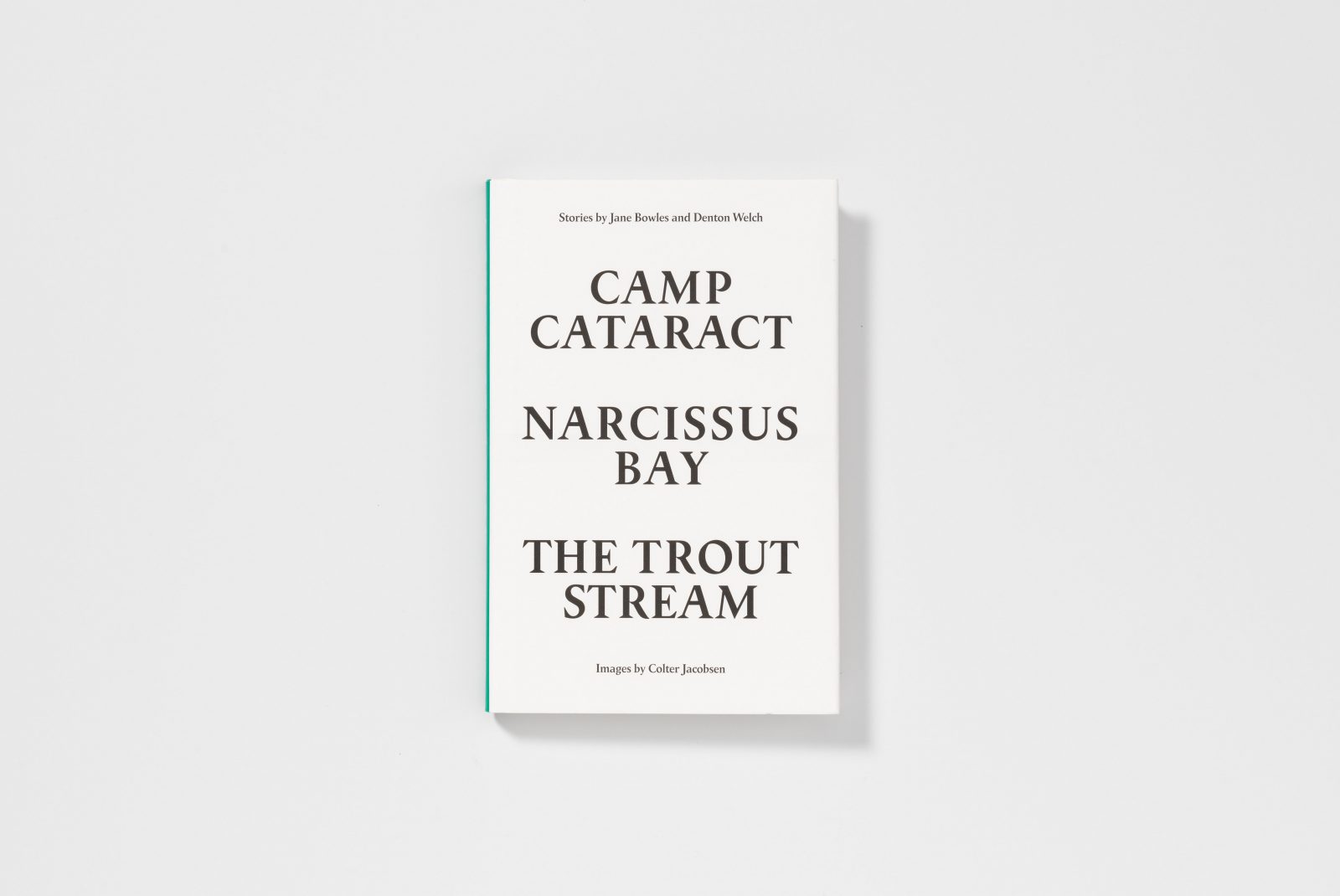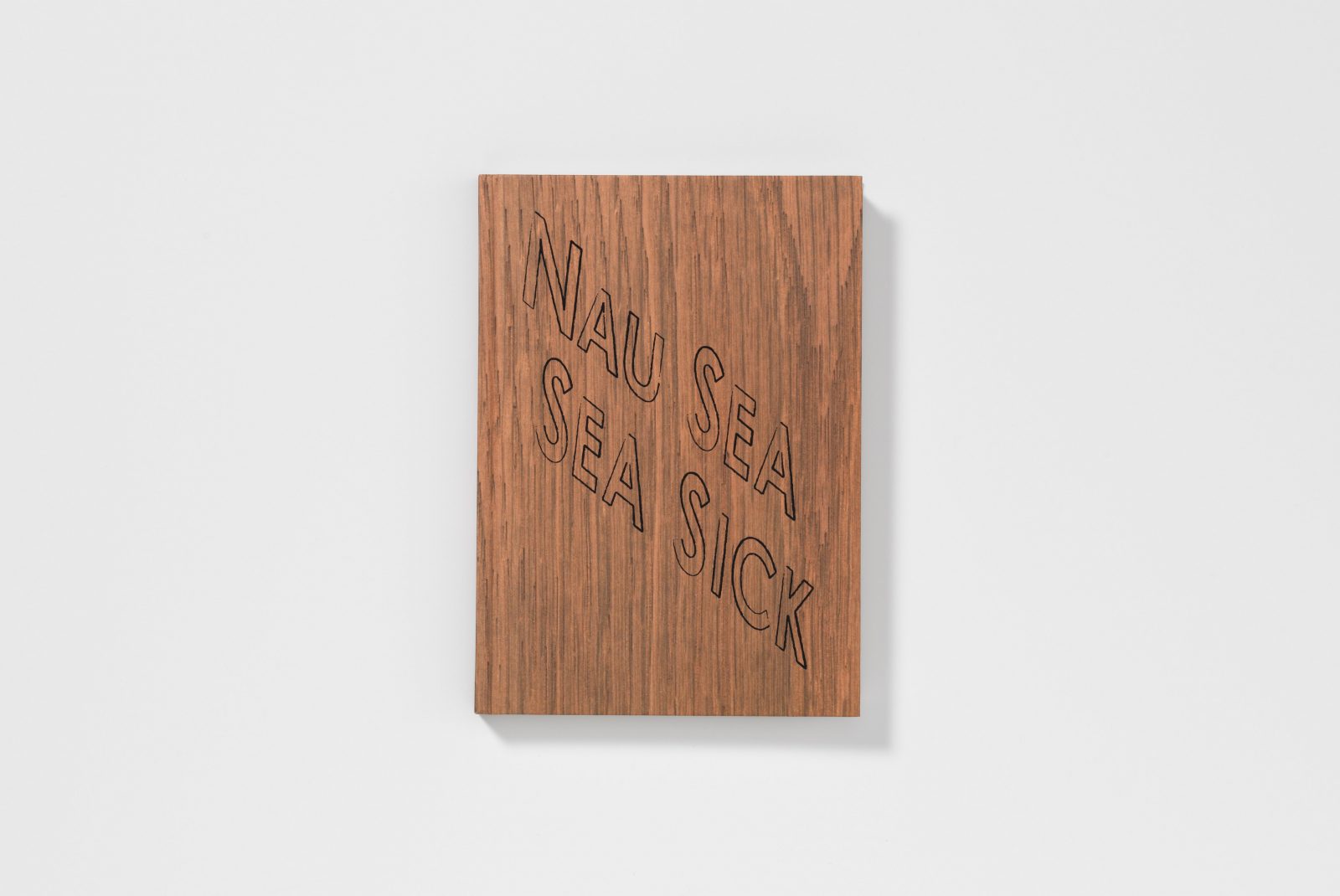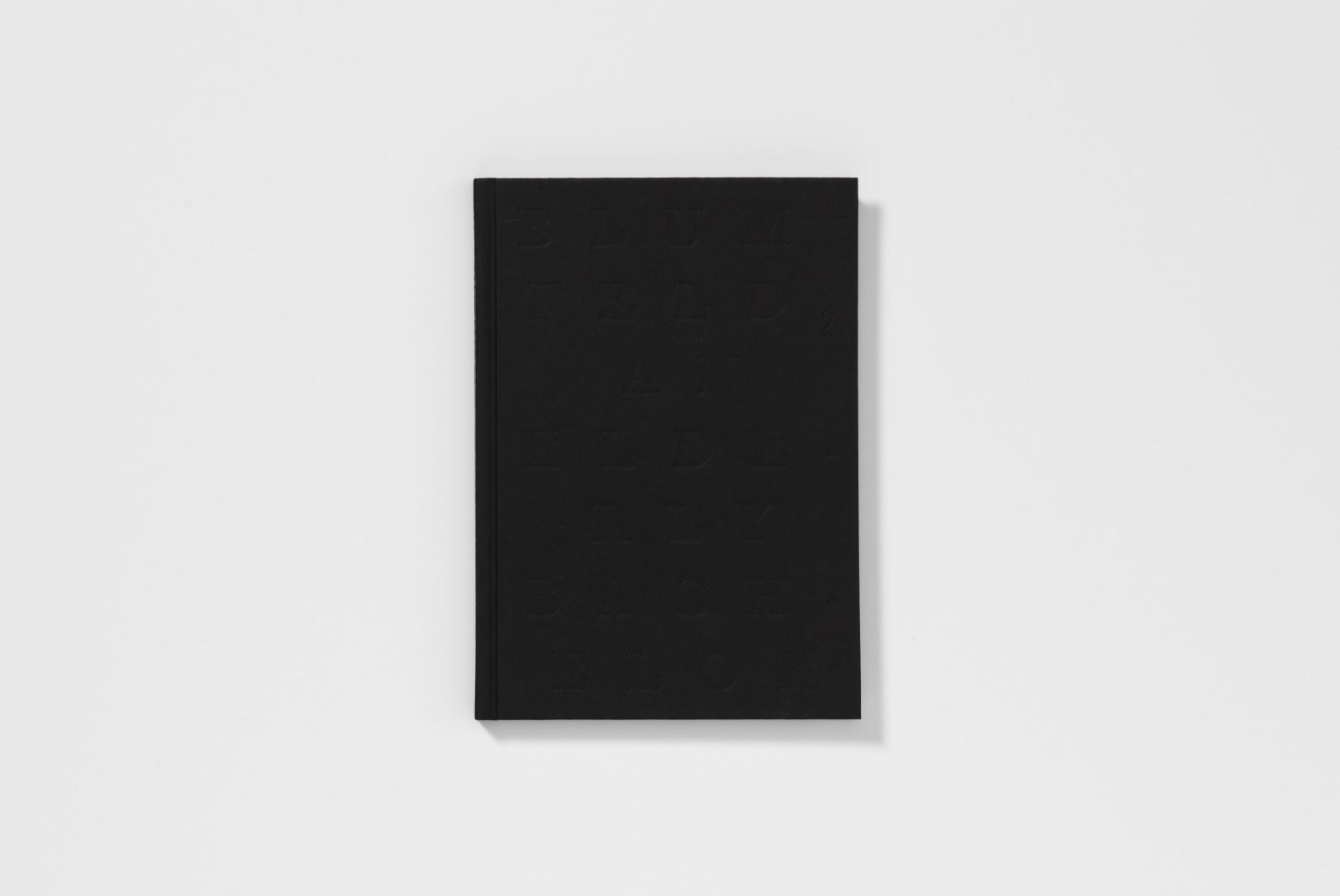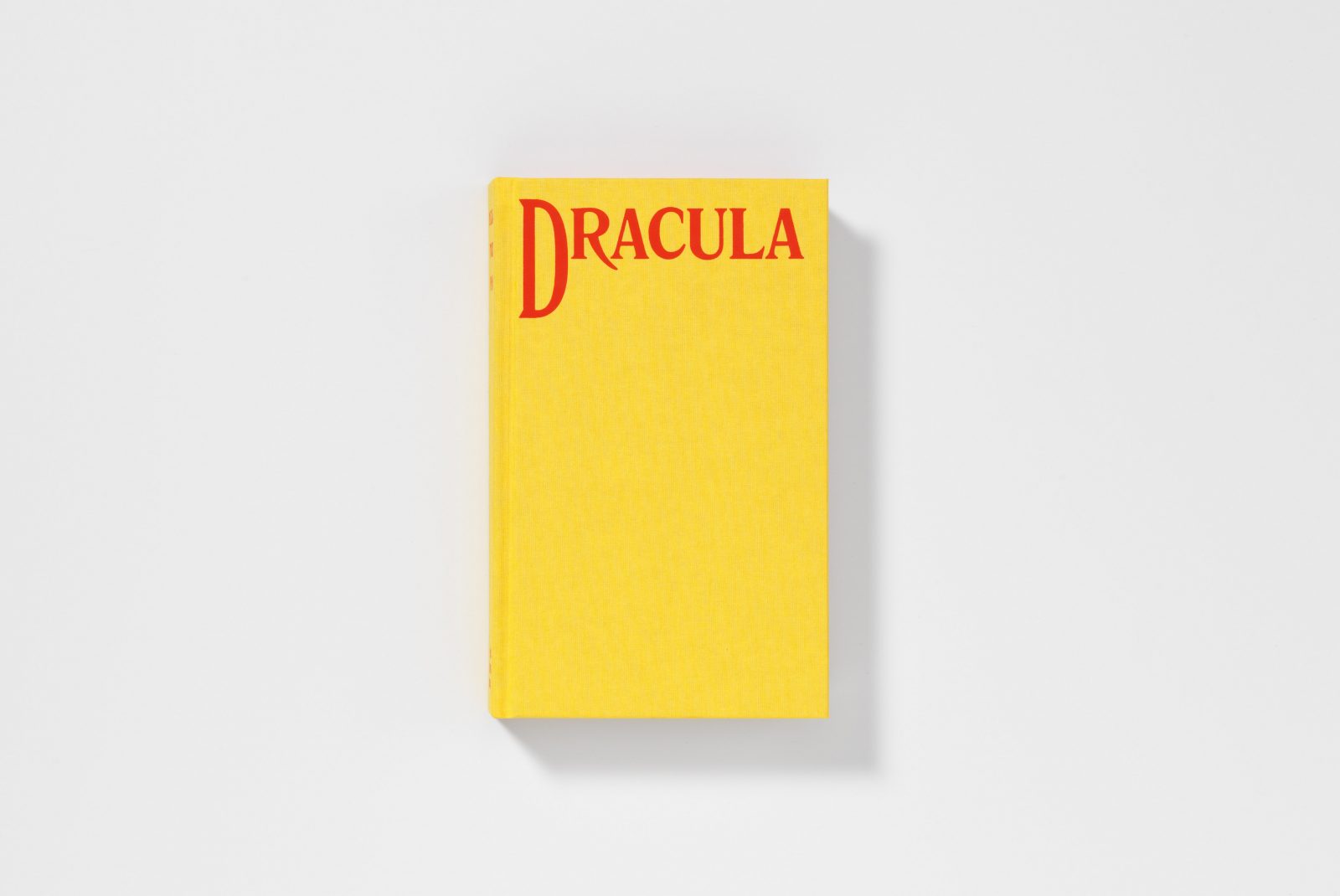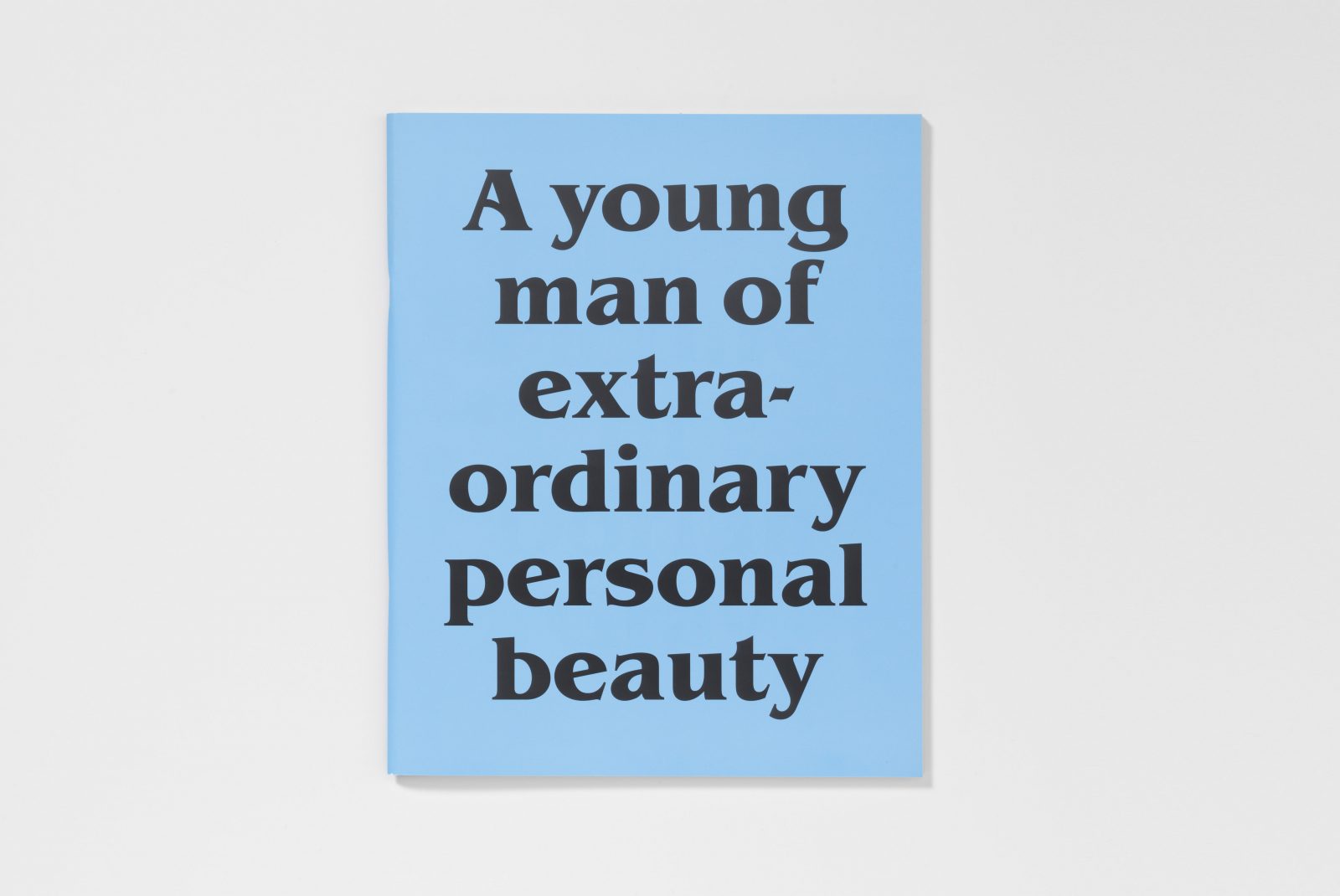The Overcoat is one of two books by Nikolai Gogol in our Familiars series. (The other is The Nose, with art by Rick Buckley.) We asked The Obvercoat's artist, Sarah Dobai, about her edition of the Gogol story.
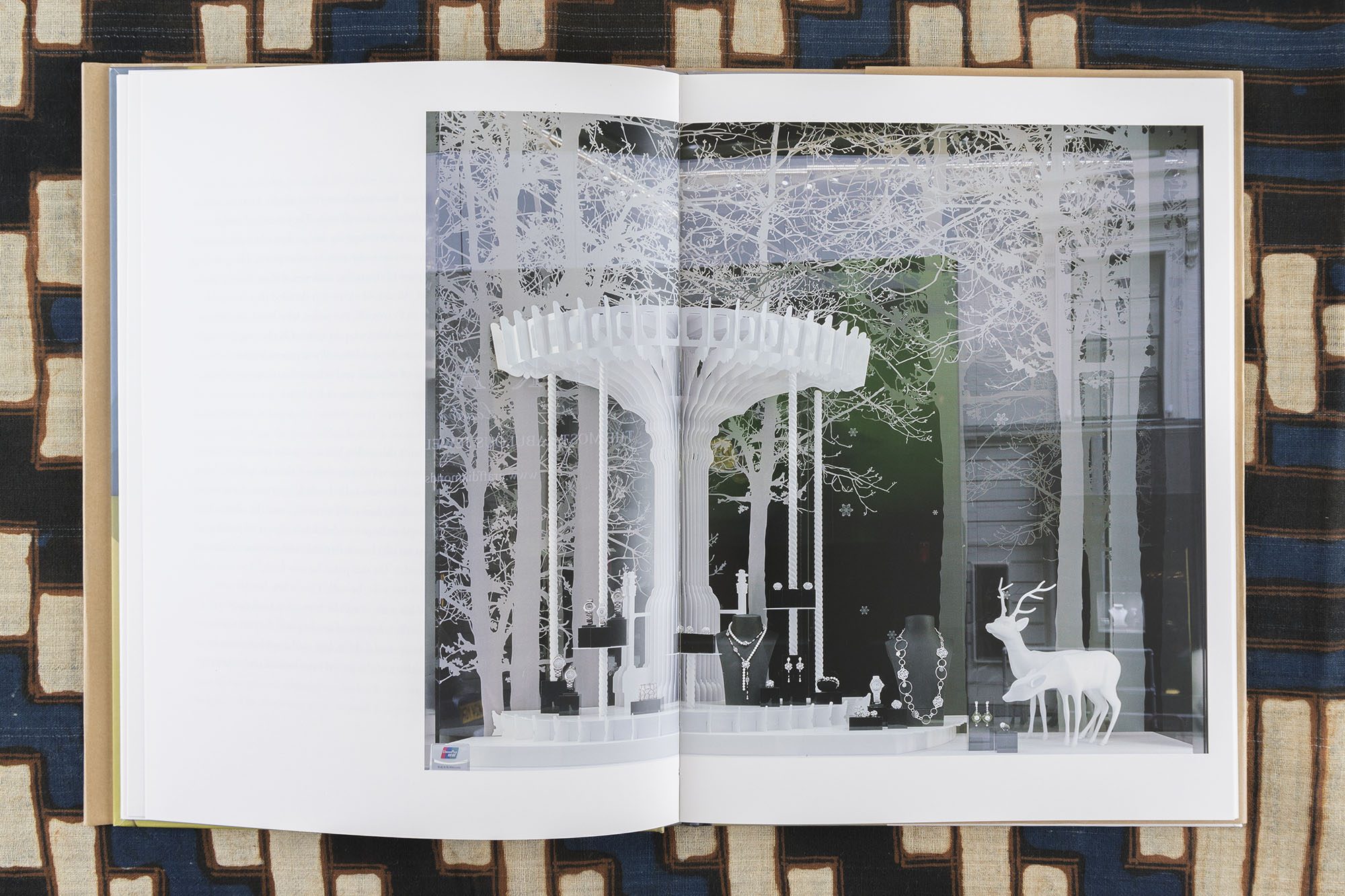
When did you first read The Overcoat and what initially attracted you about it?
I think I read it about 10 years ago. I’m a big reader of novellas and short stories. I got interested in working with The Overcoat around 2008. In the aftermath of the economic crash, I was making the series Studio/ Location Photographs that was looking at shopping malls in London and Paris. From that I got interested in the language of display and illusion used in commercial vitrines and started making photographs of some of them.
Were the photographs used in this edition made as a direct response to the story?
Over time I began to think about the images I was making in relation to Gogol’s story. (This way of relating photographs to bits of fiction writing was not a new thing for me. Previously I had made several pieces of work that used or referred to literature.
I was interested in how my photographs of the vitrines would interact with Gogol’s writing. However I didn’t want to over-determine the reader’s experience of the interplay between the two. I see the text and the images as each having their own life though there may be moments in the book where the two seem to intersect quite intimately.
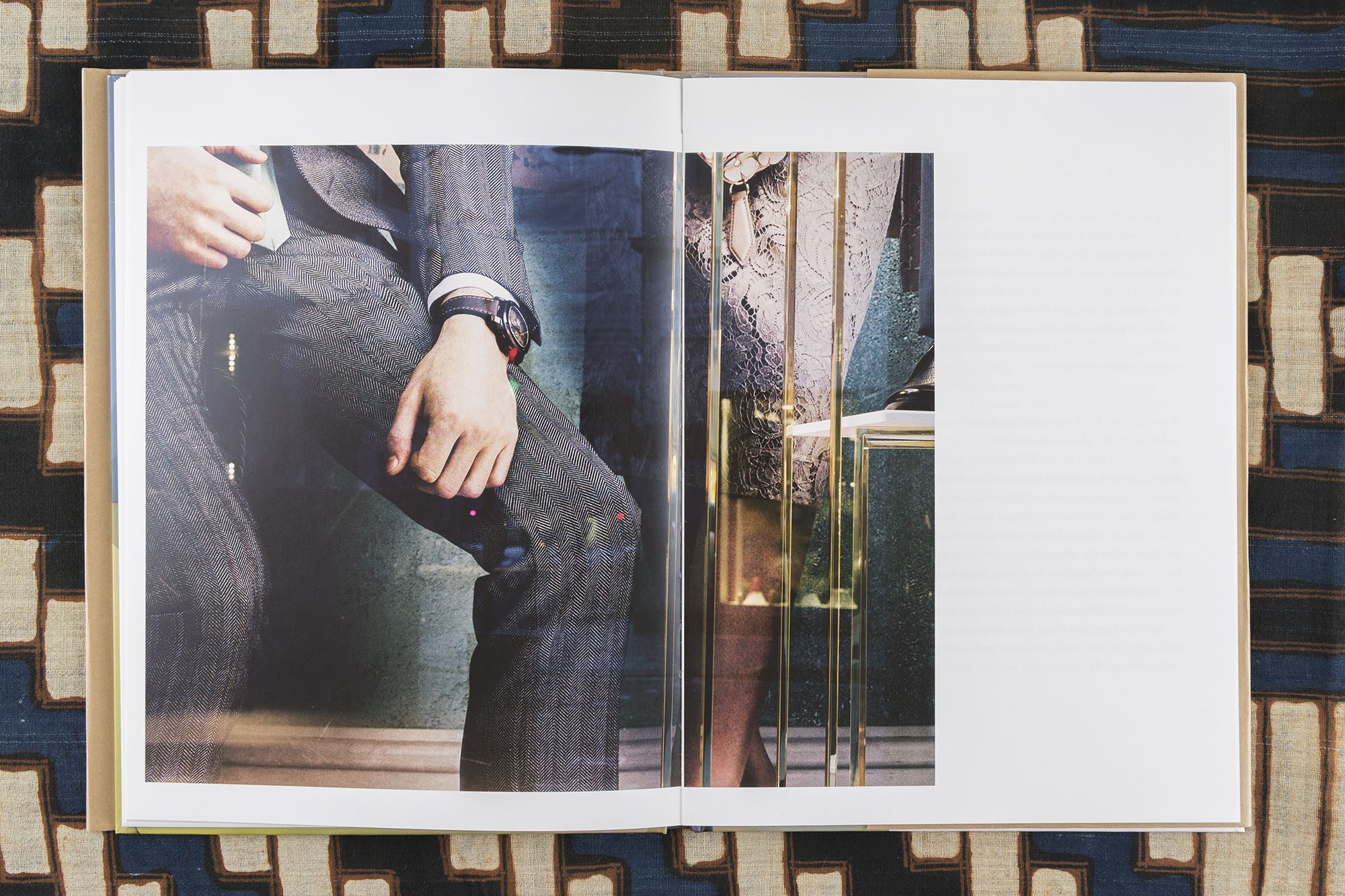
Tell us a little more about the images you created.
The photographs that feature in the book mainly record existing vitrines found on the streets of London and Paris. I was interested in treating these displays as a kind of vernacular picture-making that reflect people’s ideas about what a picture can be and what it can do. When I first started making this group of photographs the camera was quite pulled back, so that you could see the pavement and architecture around them. However as I carried on working, I moved much closer to the displays. I wanted to put the viewer and myself inside the constructed world of illusion that the vitrines depict.
I shot most of the images for the book on a large format film camera. The slowness and attention to detail that those cameras require seemed to suit the making of the work and its re-framing of existing images. I was also conscious of the way the glassed in rectangle of the vitrines seemed to refer back to the medium of photography itself.
Was the realisation of this project different to the process of making an exhibition?
Yes, the making of an exhibition is an ephemeral thing, which contrasts to the permanence of a book. Also making a book is necessarily a partly collaborative process. Working with the designer and publisher and all the conversations we had was integral to what the book became.
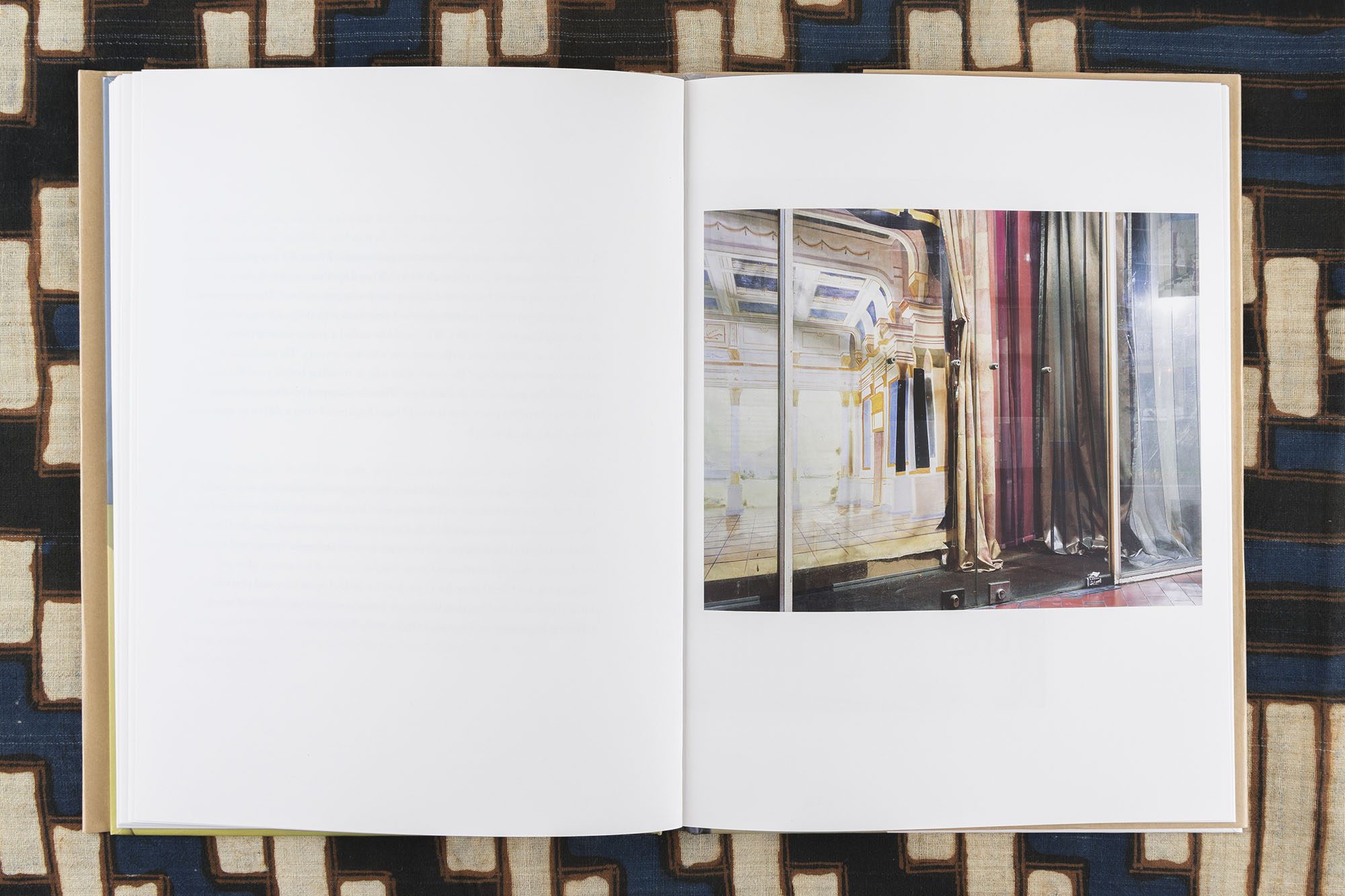
How do you think the experience of reading this edition might compare with reading a version without images?
This re-publication of The Overcoat has two authors, two times frames (nineteenth century and twenty-first century) and three settings (St Petersburg, London and Paris). Maybe what you get is a layering of these elements on top of the original text. I hope though that alongside this the reader can still access the singularity and richness of Gogol’s voice.
Were there any challenges in working in response to a story by such an influential author?
Not really. I think re-publication as a form of production has to take the status of the author as a given and to aim to animate their writing by presenting it in a new context. The story itself is challenging though. It has lots of fractures in the narrative: asides, diversions and literary shifts. Gogol plays around with the narrative structure of the story. The last third of The Overcoat moves radically away from the realism of the first part. This affected my thinking about some of images I used
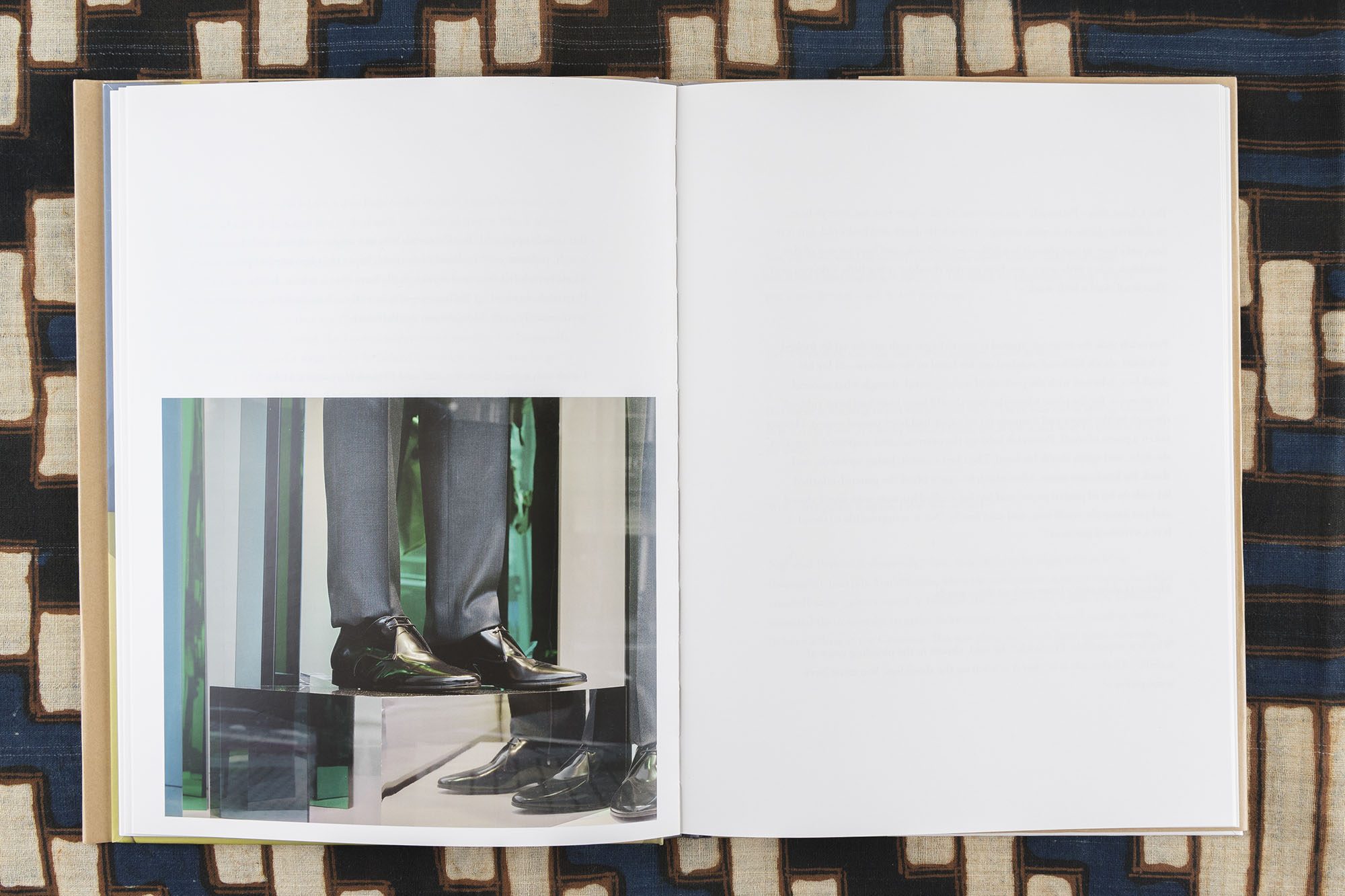
What do you think Gogol’s response would be to your work?
I hope he’d like the book and the photographs. There are a couple of bits of the story where Akaky Akakievich gazes admiringly at a display in a shop he passes. From this I guess that Gogol would understand how and why I came to make the photographs to sit alongside his story.
